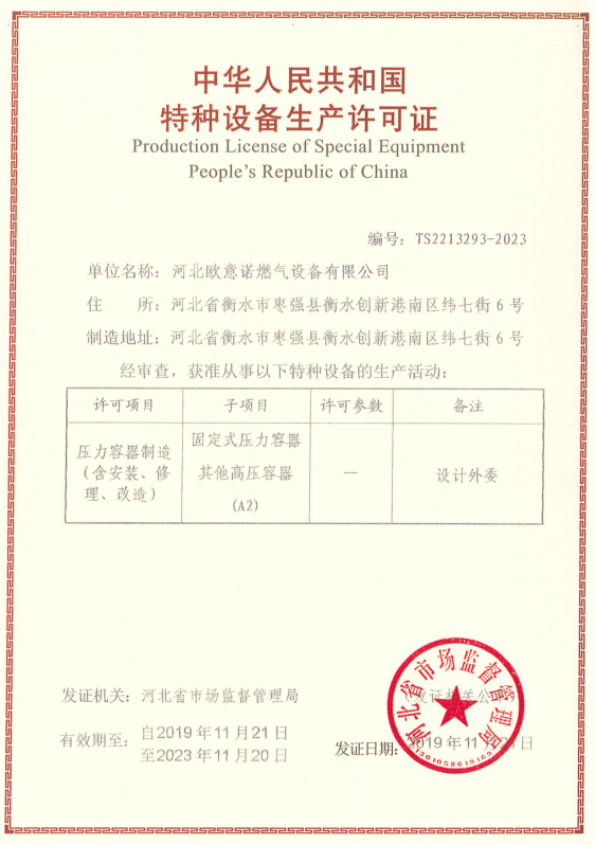
Nov . 17, 2024 01:22
Back to list
صمام تخفيض ضغط الغاز
Pressure Reducing Valve for Gas A Comprehensive Overview
Pressure reducing valves (PRVs) play a crucial role in various applications, particularly in gas systems where maintaining consistent pressure is vital for safety and efficiency. These valves are designed to reduce high inlet pressure to a lower, more manageable outlet pressure. Understanding the functionality, types, applications, and maintenance of gas pressure reducing valves is essential for anyone involved in gas distribution and utilization.
Functionality of Pressure Reducing Valves
A pressure reducing valve operates by automatically adjusting the flow of gas to maintain a preset outlet pressure. This is achieved through a mechanism that senses the pressure at the outlet side of the valve and adjusts the position of the valve accordingly. When the outlet pressure rises above the set point, the valve closes slightly, restricting flow. Conversely, if the outlet pressure falls below the set point, the valve opens to allow more gas to flow through. This feedback loop ensures that the outlet pressure remains stable, preventing potential damage to downstream equipment and ensuring safe operation.
Types of Pressure Reducing Valves
There are several types of pressure reducing valves, each designed for specific applications and pressure ranges. The most common types include
1. Direct-Operated PRVs These are simple in design and typically used for low-flow applications. The valve operates directly under the influence of the outlet pressure and is spring-loaded to maintain the desired pressure.
2. Pilot-Operated PRVs These valves are more complex and suitable for high-flow applications. They use a pilot valve controlled by the outlet pressure to modulate the main valve's opening and closing. This type of valve provides a more precise pressure regulation and can handle larger fluctuations in flow and pressure.
3. Electronic Pressure Reducing Valves With advancements in technology, electronic PRVs have emerged. These valves use sensors and actuators to monitor and adjust pressure in real-time, offering high accuracy and the ability to integrate with automated systems.
Applications of Pressure Reducing Valves
.
- Natural Gas Distribution In natural gas pipelines, PRVs are essential for stepping down high-pressure gas from transmission lines to lower pressures suitable for residential and commercial use.
صمام تخفيض ضغط الغاز

- Industrial Manufacturing Many manufacturing processes require specific gas pressures to operate machinery safely and efficiently. PRVs ensure consistent pressure in these processes, minimizing the risk of accidents.
- Heating Systems In both residential and commercial heating systems, PRVs help regulate gas pressure to burners, ensuring optimal performance and safety.
- Test Equipment In laboratories, PRVs are often used in testing equipment to maintain precise operating conditions.
Maintenance of Pressure Reducing Valves
To ensure that a pressure reducing valve operates effectively, regular maintenance is essential. Key maintenance practices include
- Routine Inspections Regularly checking the valve for leaks, corrosion, and mechanical wear is important for early detection of potential failures.
- Adjustment of Settings As system demands change, it's crucial to reassess and adjust the outlet pressure setting of the valve to ensure it meets operational needs.
- Cleanliness Keeping the valve clean from debris and contaminants can improve its performance and longevity. Filters can be installed upstream to prevent clogging.
- Replacement Over time, components within the valve may wear out. Identifying and replacing worn parts, such as springs or seals, can prevent larger issues down the line.
Conclusion
Pressure reducing valves are indispensable in managing gas pressures across numerous applications. Their ability to maintain safe and consistent pressure levels not only protects equipment but also enhances operational efficiency. As technology advances, the implementation of new types of PRVs, such as electronic models, provides even greater precision and control. By understanding their functionalities, types, applications, and maintenance needs, professionals in the gas industry can ensure safe and effective use of these vital components.
Next:
Latest news
-
Safety Valve Spring-Loaded Design Overpressure ProtectionNewsJul.25,2025
-
Precision Voltage Regulator AC5 Accuracy Grade PerformanceNewsJul.25,2025
-
Natural Gas Pressure Regulating Skid Industrial Pipeline ApplicationsNewsJul.25,2025
-
Natural Gas Filter Stainless Steel Mesh Element DesignNewsJul.25,2025
-
Gas Pressure Regulator Valve Direct-Acting Spring-Loaded DesignNewsJul.25,2025
-
Decompression Equipment Multi-Stage Heat Exchange System DesignNewsJul.25,2025

